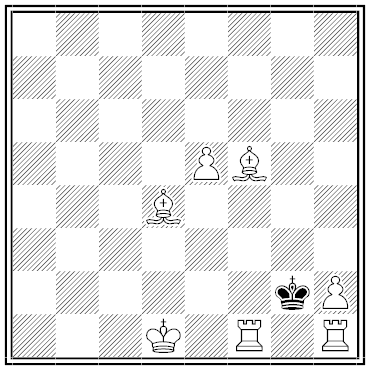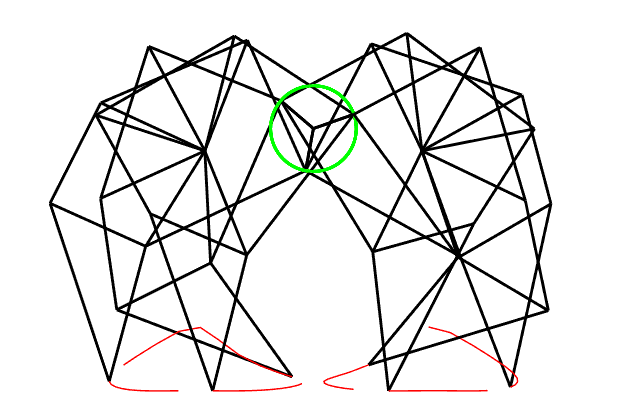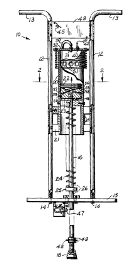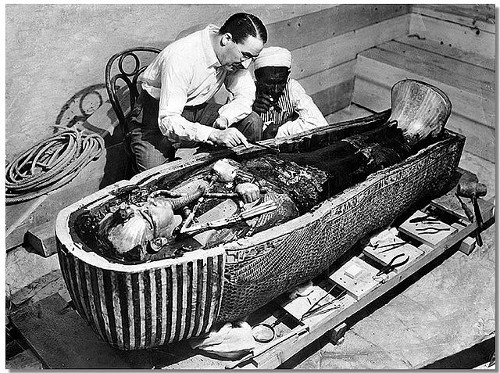
Besieged in Stalingrad during the bitter winter of 1943, the German 6th Army sent home one last post before surrendering in February to the encircling Red Army. An excerpt from one anonymous letter:
It’s strange that one does not start to value things until one is about to lose them. There is a bridge from my heart to yours, spanning all the vastness of distance. Across that bridge I have been used to writing to you about our daily round and the world we live in out here. I wanted to tell you the truth when I came home, and then we would never have spoken of war again. Now you will learn the truth, the last truth, earlier than I intended. And now I can write no more.
There will always be bridges as long as there are shores; all we need is the courage to tread them. One of them now leads to you, the other into eternity — which for me is ultimately the same thing.
Tomorrow morning I shall set foot on the last bridge. That’s a literary way of describing death, but you know I always liked to write things differently because of the pleasure words and their sounds gave me. Lend me your hand, so that the way is not too hard.
It was never delivered. Hitler ordered the letters analyzed to learn the state of army morale. The Wehrmacht reported that 2.1 percent of the letters approved of the conduct of the war, 3.4 percent were vengefully opposed, 57.1 percent were skeptical and negative, 33 percent were indifferent, and 4.4 percent were doubtful.







